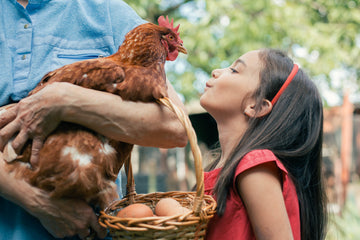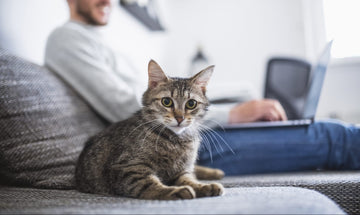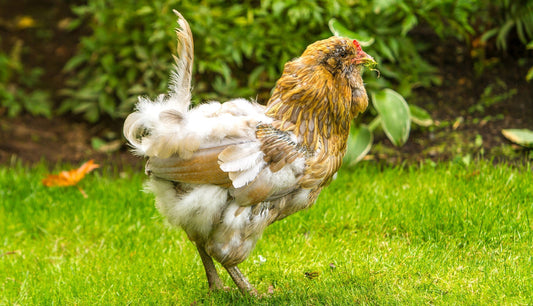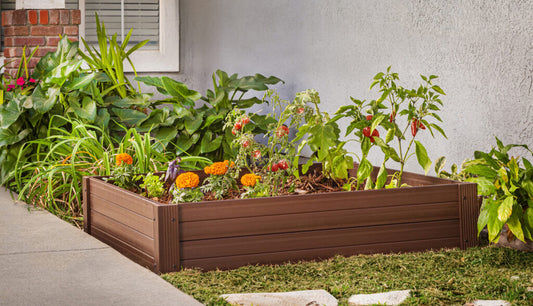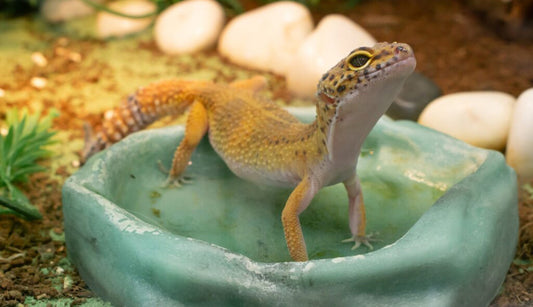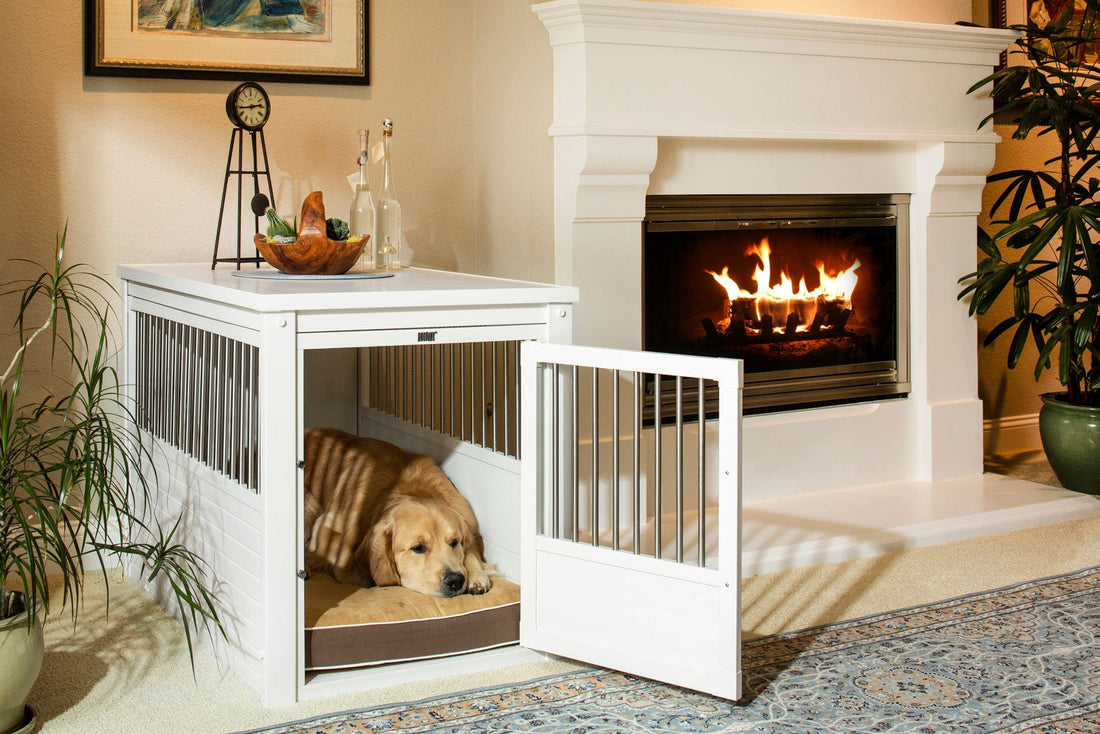
How to Crate Train Your Dog
Crate Training Your Dog: A Loving and Fun Guide
Crate training can be a heartwarming journey for both you and your furry best friend! It gives your pup a cozy, safe space to call their own and helps with house training, curbing mischievous behavior, and ensuring they stay safe when you’re not around. Here’s a step-by-step guide to crate training your dog, packed with playful tips and lots of love.
1. Picking the Perfect Crate
- Size: Choose a crate that’s just the right size – big enough for your dog to stand, turn around, and stretch out, but not too roomy.
- Type: Crates come in different materials like wire, plastic, and fabric. Pick one that suits your dog’s needs and your home’s vibe.
2. Introducing the Crate
- Location, Location, Location: Put the crate in a busy part of your house where your pup can still feel part of the action. At bedtime place the crate in your bedroom so your dog doesn’t feel lonely. This helps them sleep better.
- Explore and Sniff: Let your dog check out the crate at their own pace. Toss in some treats and let them go on a little treasure hunt.
- Fill the crate with LOVE: Adding your pups favorite blanket and safe chew toys are a must-have for any crate.
- Nose Knows: Many also find it effective to add the owner’s t-shirt as an added level of security. Pups use their nose for a variety of reasons, knowing your scent is close by is extremely reassuring.
- Meal Time: Start feeding your dog near the crate, then slowly move the bowl inside. Soon, they’ll think of the crate as a happy dining spot.
3. Step-by-Step Crate Training
- Short and Sweet: Once your dog is cool with the crate, close the door for a few seconds while they’re inside, then let them out. Gradually increase the time the door stays closed.
- Stay and Chill: Encourage your dog to relax in the crate while you’re around. Give them treats and lots of “good dog!” praise when they settle down.
- Peekaboo: Start leaving the room for a few minutes while your dog is in the crate. Slowly extend the time you’re away.
4. Setting a Routine
- Consistency: Create a routine by crating your dog at specific times, like during meals and bedtime.
- Magic Words: Use a fun command like “crate time!” to signal your dog to enter the crate. Reward them with treats and praise.
- Patience is Key: If your dog whines or barks, wait until they stop before letting them out. This teaches them that quiet time gets rewarded.
5. Avoiding Common Oopsies
- No Punishments: Never use the crate as a timeout. It should always be a positive, happy place.
- Don’t Overdo It: Avoid leaving your dog in the crate for too long. Puppies, especially, need frequent potty breaks and playtime.
6. Crate Training for Adventures
- Home Sweet Home: Let your dog get used to the crate at home first before using it for travel.
- Mini Trips: Take short car rides with your dog in the crate to help them get used to the idea.
7. Troubleshooting Tips
- Keep It Cool: If your dog seems anxious, take a step back and shorten the crate time, building up gradually.
- Clean Slate: If there’s an accident in the crate, clean it up well and give your dog more potty breaks.
Why Crate Training Rocks
- Safety First: Keeps your pup out of trouble when you’re not around.
- Potty Training Pro: Helps with house training since dogs don’t like to soil their sleeping area.
- Travel Buddy: Makes traveling with your dog easier and safer.
Wrapping Up
Crate training is all about patience, consistency, and making it fun. By creating a cozy and positive space, your dog will soon see the crate as their happy place. With a little love and a lot of encouragement, you'll be amazed at how quickly your furry friend adapts. Happy training, and wagging tails all around!

